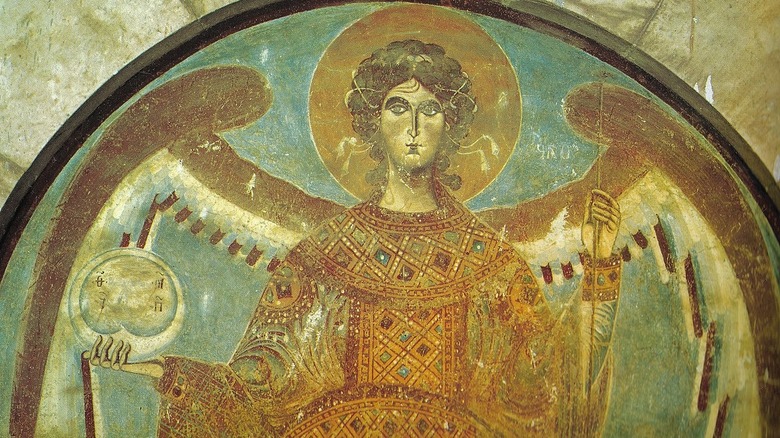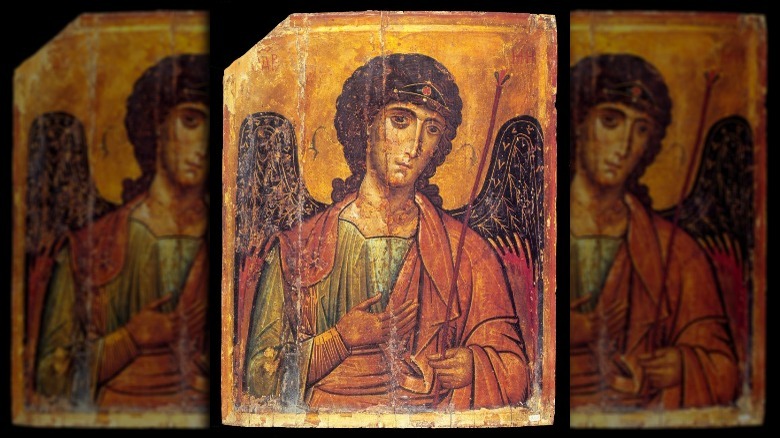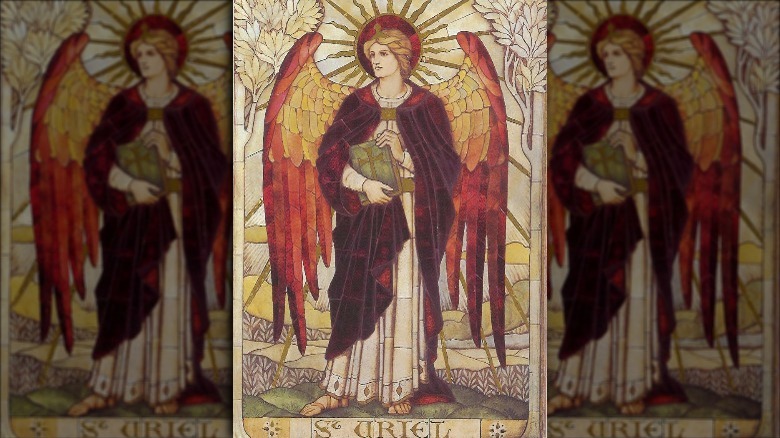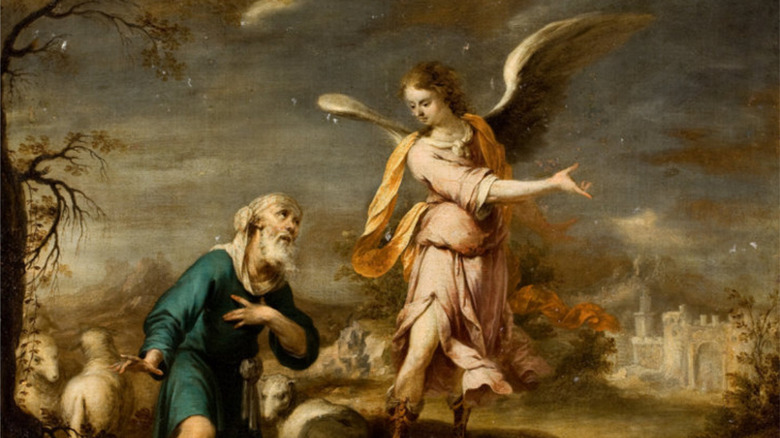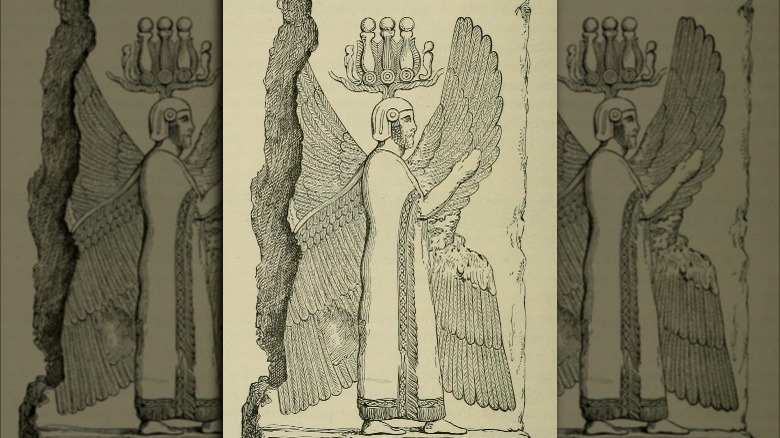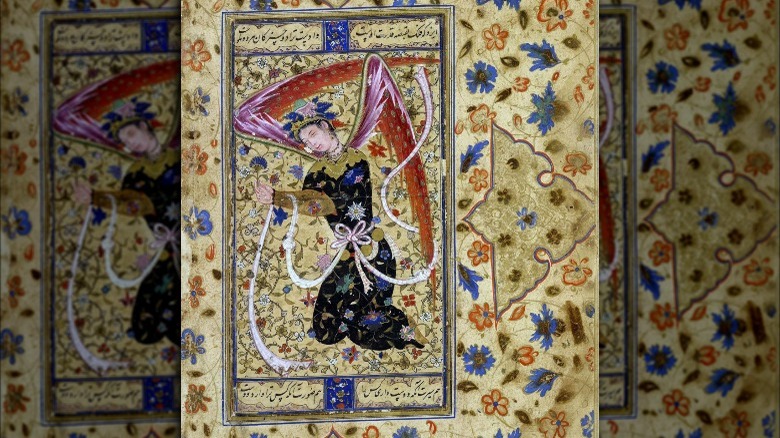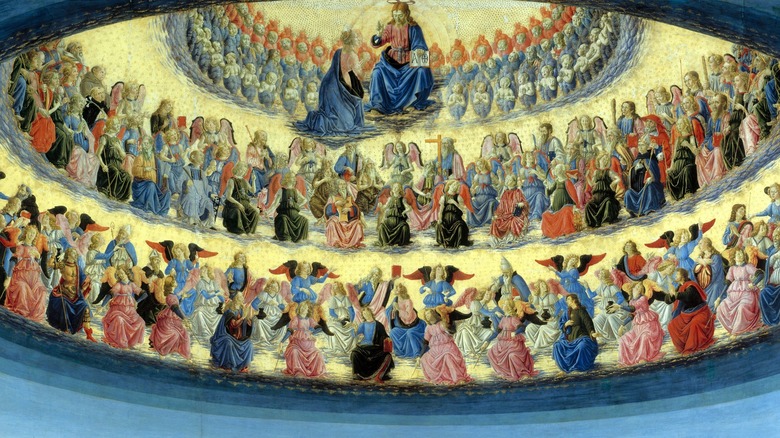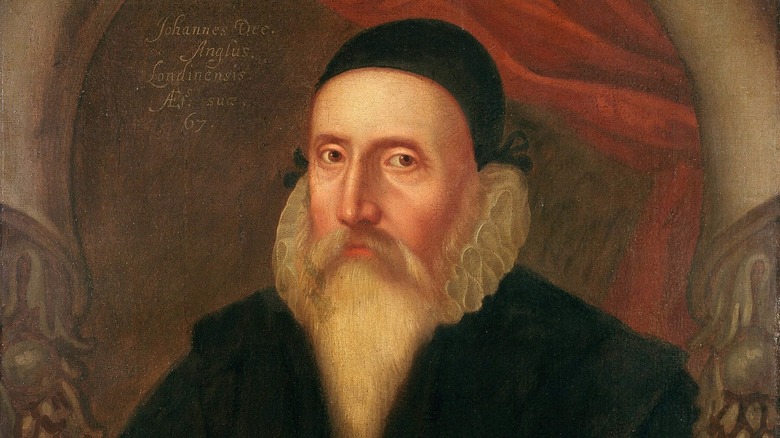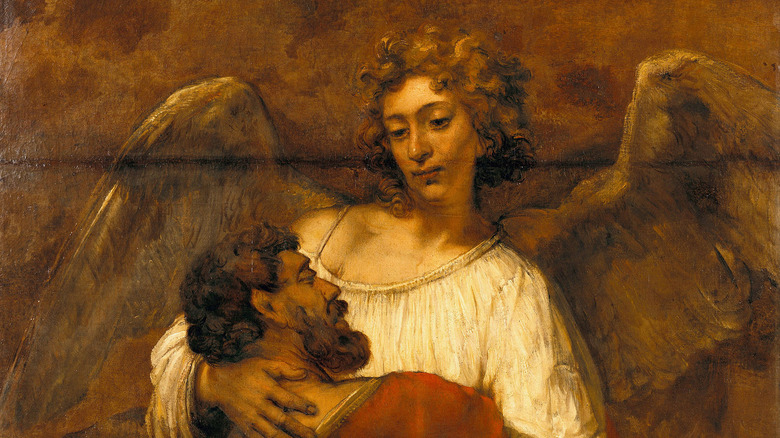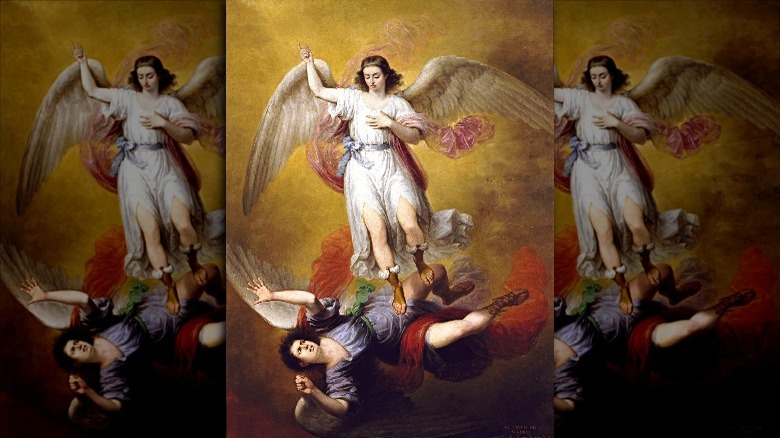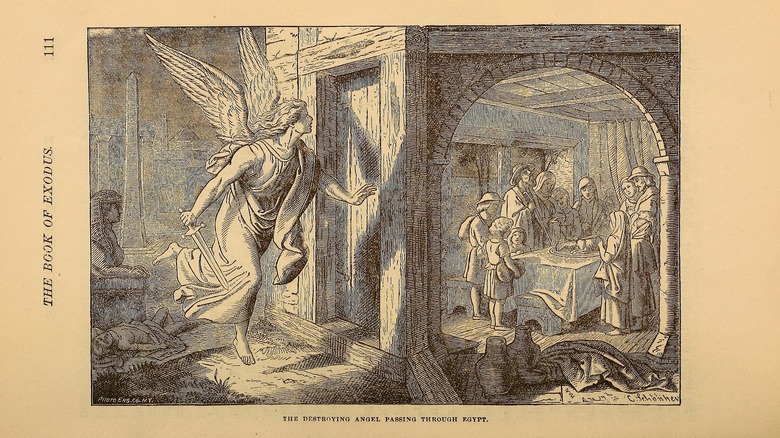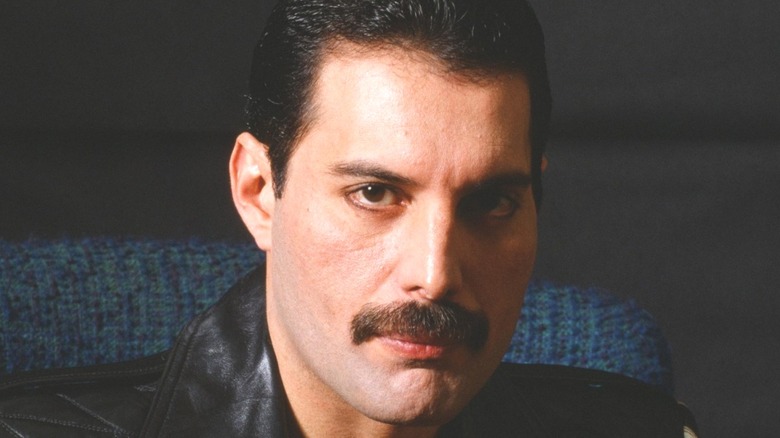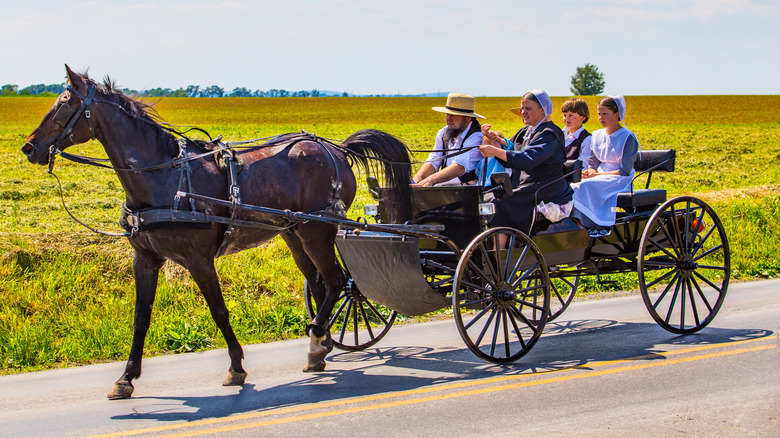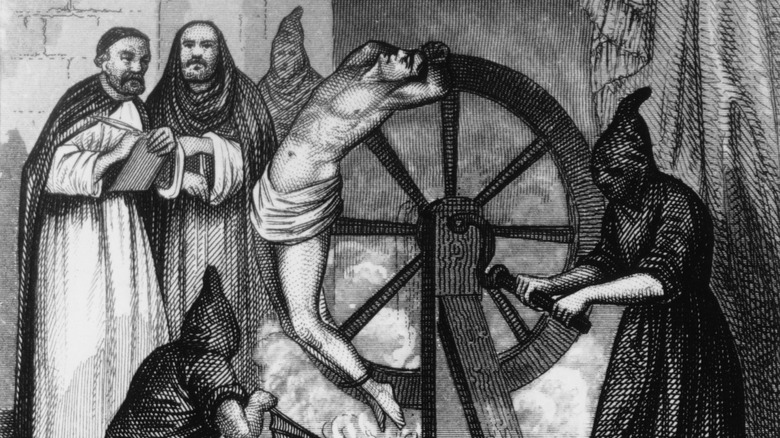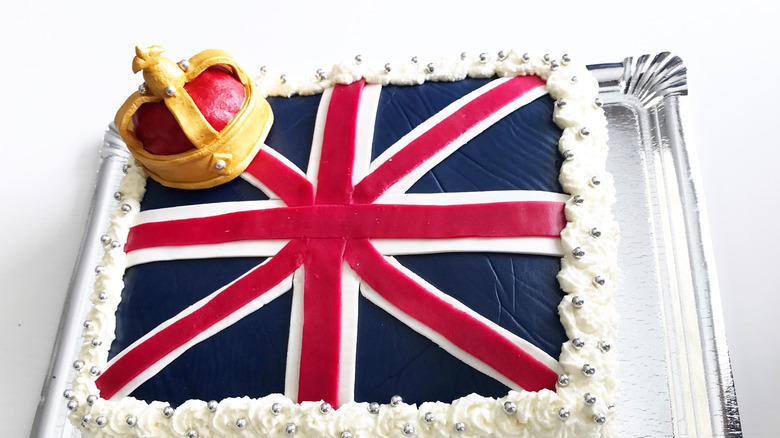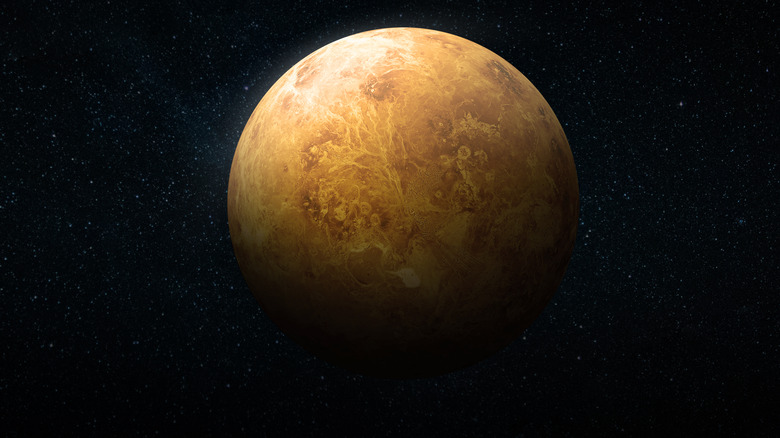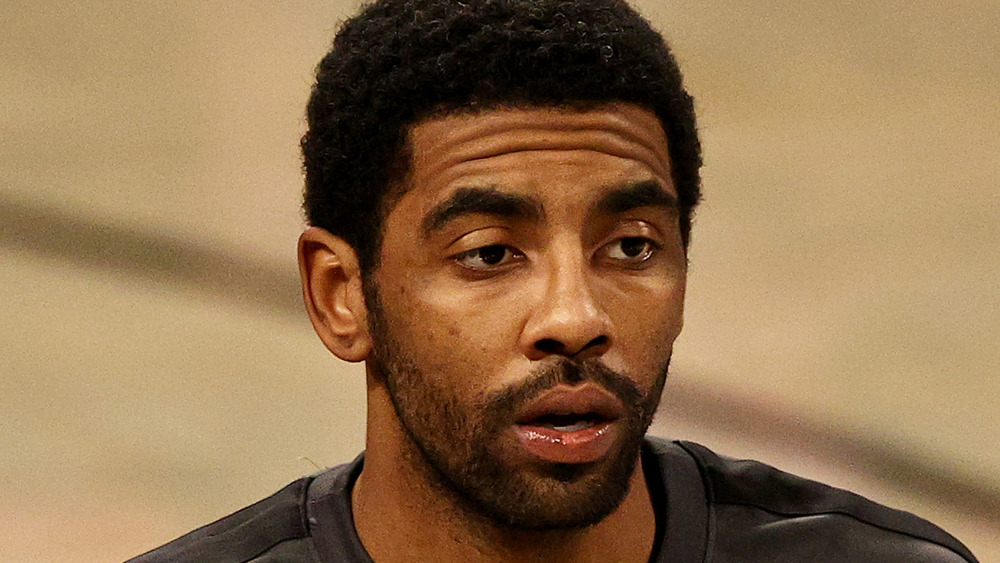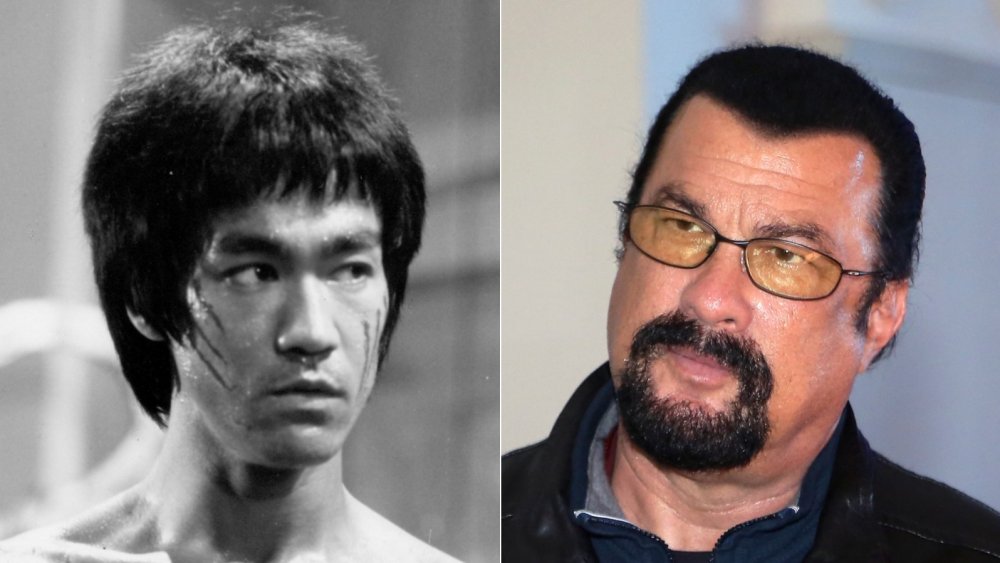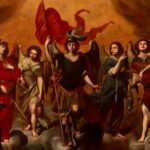
The History Of Archangels Explained
When it comes to understanding angels, it seems like no one agrees. And when it comes to laying out a comprehensive explanation of just how these heavenly beings are supposed to be ranked and organized, it’s clear that practically no one can reach a consensus. It’s a real mess, perhaps sent up from somewhere below, if you catch the drift.
Take archangels. Are they supposed to be big deals when it comes to the heavenly host, or are they little more than a deity’s messenger boys? How many of them are there? What are their names? How much of what we “know” about archangels comes from documented sources or widely accepted religious texts, and how much of it is folklore or a story someone made up on the internet? And if you try to take on the chronology of how we’ve developed our ideas about these unique angelic figures, things get even more complicated and contentious.
From the early days of the Jewish exile in Babylon to more modern occult practices, this is the history of archangels explained.
Some of the earliest archangel ideas came from Babylonia
One of the earliest known historical hints of archangels comes to us from ancient Babylonia. Specifically, the link between Mesopotamian beliefs about sky-based deities and spiritual figures came into contact with the Jewish religion around the time of their Babylonian captivity/exile. According to Britannica, this time period from around 598 B.C. to 538 B.C. saw the sojourn of Jewish people in the region after Babylonian forces toppled the kingdom of Judah. This piecemeal exile — which saw different groups of Jewish people leaving and entering the region over the time period — brought the cultural and religious practices of both peoples into close contact for decades.
The Jewish Encyclopedia notes that rabbinical commentaries maintain that the tradition of archangels and the overall Jewish conception of angels were greatly influenced by this event. Judaism became more overtly monotheistic, meaning that people were left with the task of organizing all the other potential spirits that ranked themselves around God. The court-like system, with its organized hierarchy that eventually included archangels, may have also been influenced by the court system of Persian conquerors like Cyrus the Great. Interestingly, Britannica notes he was the one that eventually ended the Jewish exile in the mid-6th century B.C.
Only 2 or 3 archangels are definitively mentioned in the Bible
Though there’s a plethora of information about archangels in the world of folklore and legend, looking at actual religious texts provides little clear information. In the Bible used by many Christians worldwide, The Guardian notes there are only two archangels that get a named mention: Michael and Gabriel. But if you accept the deuterocanonical Book of Tobit — which Catholics do, per EWTN — then you may also acknowledge the presence of Raphael. That archangel gives one of the most direct quotes about his kind in Tobit 12:15, saying, “I am Raphael, one of the seven angels who stand in the glorious presence of the Lord, ready to serve him.”
Things get a bit more complicated when you talk about Abaddon, also known as Apollyon in Greek, or more simply the “Destroyer” in English. Per Christianity.com, many see this figure’s role in Revelation as a demon of the abyss (or the abyss itself, for that matter). But for others, Abaddon could be a functionary of God, carrying out some of the dirtier or more scary tasks commissioned by the Almighty, according to Minute Mythology. Given the large task and presumable high rank that goes with managing a pit of destruction (and also the matter that Revelation 9:11 refers to the figure as an “angel” in some translations), it’s not such a terrible stretch for some to imagine Abaddon as a named Biblical archangel, too.
Some Christian churches recognize extra archangels
According to Britannica, the deuterocanonical Book of Tobit mentions not just the archangel Raphael but a group of seven archangels whose job is apparently to take up all the prayers of saints and deliver them to God. That’s backed up somewhat in the canonical Book of Revelation; in particular, Revelation 8:2, which references the sight of “the seven angels who stand before God.” Yet, if you’re looking for any more information in either the deuterocanonical texts or the rest of the Christian Bible, you’re out of luck.
However, that doesn’t mean that other churches don’t have a tradition of naming those angels or even occasionally adding to their number. Eastern Orthodox churches typically venerate seven archangels and even go so far as to name them. Transfiguration of Our Lord Russian Orthodox Church maintains that these seven include: Michael, Gabriel, Raphael, Uriel, Selaphiel, Jegudiel, and Barachiel. Each angel has a particular aspect to their being and how they interact with the human world, like Uriel’s mission to bring awareness of God and faith to people with “the fire of divine love.”
Coptic Christians recognize the same number of archangels, though they go by Michael, Gabriel, Raphael, Suriel, Zedekiel, Serathiel, and Ananiel (via Become Orthodox). They’re part of an angelic and spiritual hierarchy that’s said to include tens of thousands of angels, along with a separate group named the Twenty-four Elders of the Apocalypse.
Some believe Metatron is the biggest archangel of all
For some Jewish believers, or at least those who take some of their cues from folklore, there’s one archangel that stands out from the rest: Metatron. According to Encyclopedia.com, Metatron is said to be the most important archangel of them all. Then again, that name doesn’t appear in the Hebrew Bible (effectively, the Old Testament of the Christian Bible). It does, however, pop up in the Talmud, though it’s more extensively featured in the texts of the mystical Kabbalah tradition.
So, what exactly is Metatron’s function? That depends on where you look and who you ask. Per Britannica, this angel has been variously described as none other than Michael the archangel, the ascended prophet Enoch, or a different presence altogether. Oftentimes, Metatron is said to govern secrets, maintain a long list of humanity’s sins and triumphs, and even appear as a “lesser Yahweh.” And like so many other angels described in religious texts and elsewhere, Metatron is often employed as a go-between for the Divine, communicating God’s will to humanity.
Then again, the Jewish Encyclopedia notes that a number of texts make it clear that while Metatron is a pretty big deal in the heavenly host, he’s definitely not the same as God. He can certainly carry messages and potentially put in a good word for a person — as Moses attempted to get the angel to do — but he was also once written as saying, “Exchange Me not for him.”
Zoroastrianism has archangel-like figures, too
While Christian and Jewish concepts of archangels may dominate the minds of many Western readers, make no mistake: these religions don’t have a monopoly on these mysterious heavenly figures. In Zoroastrianism — an ancient religion that has its roots in Iran — supreme god Ahura Mazdā is known to have created six “divine beings” that are often identified as archangels and called the Amesha Spenta. And where many Christian traditions tend to assume that the archangels are all male, Britannica notes that this group is specifically gendered — three of the Amesha Spenta are female, while the other three are male. They also all have their own specific attributes, like Asha Vahishta, who presides over cosmic order and justice. Elsewhere, Spenta Armaiti uses her powers to protect the faithful and has presiding power over the Earth. Each of these archangels is said to be set against a particular high-ranking demon, as well.
Encyclopedia.com reports that the full complement of Amesha Spenta is: Vohu Manah, Asha Vahista, Khshathra Vairya, Spenta Armaiti, Haurvatat, and Ameretat. All seem to straddle the line between divine and human, with connections to Ahura Mazdā and links to encouraging good human attributes like justice, good thoughts, devotion, and more.
Archangels are also part of Islamic belief
Archangels also feature in Islam. According to “Angels A to Z,” angels are often known as “mal’ak,” which is the Arabic word for “messenger.” Like in other religions, Islamic angels ferry messages from God to humans and also occasionally act as protectors and cosmic encouragers who push people to do good and follow a righteous path.
In Islam, angels are separated into ranks not unlike how they are in Christian and Jewish traditions, including the archangels. In this case, these chief angels go by Mika’il, Jibril, Azrael, and Israfel. Jibril, the equivalent of Gabriel, is especially noteworthy, given that he’s supposed to have dictated the Quran to the prophet Muhammed and thus helped the central holy book of Islam make it into the world.
Yet, for all that, angels aren’t considered to be superior to humanity — they’re simply closer to God’s presence and act in his employ. And since they generally don’t have free will and so can’t choose to do right, humanity’s ability to make that sort of decision is a big deal. It arguably makes humanity superior, at least in some sense, to the point where God commanded the angels to bow before his own perfect creation: Adam. One angel, Iblis, is said to have refused and become a fallen, evil figure known as al-Shayṭān, or Satan (via Britannica).
Figuring out the archangel hierarchy gets complicated
In many of the belief systems that include archangels, their mere presence implies a hierarchy. After all, if there are regular old angels who are then outranked by various levels of other divine beings, then it stands that there’s some sort of heavenly pecking order in place. But despite that seemingly straightforward assumption, there’s a lot about how that hierarchy is interpreted that can set your head spinning. In short, it’s complicated. Really, really complicated.
Consider the way that many Eastern Orthodox churches interpret the angelic hierarchy. According to Orthodox Church in America, there are nine ranks of angels, which are then further subdivided into high, middle, and low hierarchies. At the top are seraphim, which can get the closest to God and the rest of the Trinity, followed by the cherubim and the thrones. The middle rank encompasses dominions, powers, and authorities. And the lowest hierarchy includes principalities, angels, and — surprisingly enough for some non-Orthodox folks — archangels.
This actually isn’t a strictly new interpretation of the angelic hierarchy, which tends to rank the archangels towards the bottom of the divine heap because they’re effectively God’s messenger boys. Pseudo-Dionysius the Areopagite, a 5th-century religious figure, put down a similar ranking. It’s all a part of his mystical work, “The Celestial Hierarchy,” one of the earliest Christian works of angelology that goes into great detail about the nature of all these angels, their situations, duties, general look, and more.
Archangels have been tied to occult practices
Given the fact that archangels are rarely discussed at length in core religious texts like the Quran or the Bible, it shouldn’t come as much of a surprise to learn that this vagueness has opened them up to all manner of mystical and occult interpretations. The 16th-century philosopher and occultist Henry Cornelius Agrippa, amongst his many other boundary-pushing works, maintained that angels were part of a vast hierarchy. According to “The Encyclopedia of Angels,” he wrote that there are three tiers of angels, with “supercelestial” beings sitting at the top. These top-ranking angels are followed by “celestial angels,” who are in charge of things like planets and the zodiac. And, finally, there are “ministers,” who sound the most like messenger-style archangels for all the human-focused business that they do.
Angels also came up in the belief system established by John Dee, the British occultist who was so well-regarded that he became Queen Elizabeth I’s advisor in matters of medicine and astronomy (via Britannica). Working with medium Edward Kelley, Dee claimed to have made contact with angels. According to the British Library, the angels came around with high-ranking titles — like “King Carmara” and “Prince Bornogo” — and a slate of attendants. The King, in particular, reportedly appeared with seven princes, perhaps echoing the established Christian belief in seven archangels.
Archangels have developed a dark side
While many archangels are now venerated in religion — Michael is revered as a saint in the Catholic Christian tradition, for instance — that doesn’t always mean that they come across as cuddly, benevolent creatures a la “Touched by an Angel.” That was painfully obvious to Jacob, who wrestled with a mysterious man in Genesis 32. The figure in question is often interpreted as an angel, having the supernatural power to dislocate Jacob’s hip and then give him a blessing for his troubles.
However, archangels can do a lot worse than popping someone’s hip out of joint. After all, an archangel could hound you about intimate body parts, as happened to Moses in Exodus 4. Most English translations of the Bible maintain that God was about to kill Moses for dragging his feet on the issue of circumcision. The matter was resolved when Moses’ wife, Tzipporah, hastily grabbed the couple’s son and did the deed with a sharp stone.
But things change depending on where you are on the timeline. Earlier Greek translations of the original Hebrew text say that it was actually an “angel of the Lord” that was about to do the killing, according to “Eerdmans Critical Commentary: Exodus.” And rabbinical commentaries on the episode also indicate the general belief that an angel was the one about to do the smiting. This may have been a mistranslation, or a shuffling off of responsibility somewhat onto the shoulders of a powerful and vengeful archangel.
The worst archangels reportedly became demons
Popular stories about the Devil may have you believe that Lucifer was once a high-ranking angel who was kicked out of Heaven for rebelling against the will of God. Yet, the reality of what different religious texts say about the origins of ultimate evil complicates this tale quite a bit. Yes, it’s true that Lucifer is mentioned in the Christian Bible. In Isaiah 14:12-14, the text relates: “How art thou fallen from heaven, O Lucifer, son of the morning!” The offense for that fall? Lucifer wanted to “be like the most High.” Only, nowhere does Isaiah or really any other part of the canonical Bible link Lucifer and Satan. As History notes, it could be that Lucifer is really a description — not a name — but it’s still no smoking gun.
The Quran is a bit more explicit about the connection, writing that Iblis, the Muslim counterpart to Satan, was once an angel who refused to bow before Adam. Per Britannica, Iblis’ objection came because he believed that being made out of fire, he was superior to clay-based Adam. For that, Allah kicks Iblis out of Heaven and condemns the former angel — along with his fellow rebellious spirits — to spend time being evil on Earth before his eventual punishment on Judgment Day. He’s still not explicitly defined as an archangel, being evil and all, but it’s a closer connection than what you can reasonably find in the Christian Bible.
Archangels may also be involved in death
According to How Stuff Works, the angel of death isn’t specifically identified as an archangel in the Christian tradition — that’s a more modern development in archangel lore. That said, there are plenty of angels that appear to bring death and ferry souls to the afterlife in the Bible, per Christianity.com. For instance, angels kill thousands of enemy combatants, and you can make the case that they’ll have a hand in all the death and destruction that’s set to take place at the end of the world. Yet, nothing clearly marks these terrifying figures out as archangels rather than another type of named angel.
However, Islamic belief maintains that the deadly angel is, in fact, an archangel. But there’s no clear evidence that said angel goes by Azrael, as some sources will have you believe. Instead, most call the archangel Malak al-Mawt, which translates from Arabic to “angel of death.” Whatever the archangel’s name, they have a fearful reputation. In Islam, Malak al-Mawt is tasked with listing and collecting all of the souls that are due to die. And some popular retellings of the Passover story say that it was the angel of death who visited the firstborns of Egypt — but clear evidence of that angel’s presence in Exodus is scanty.

The Awful Truth Of Being A Mother In Prison
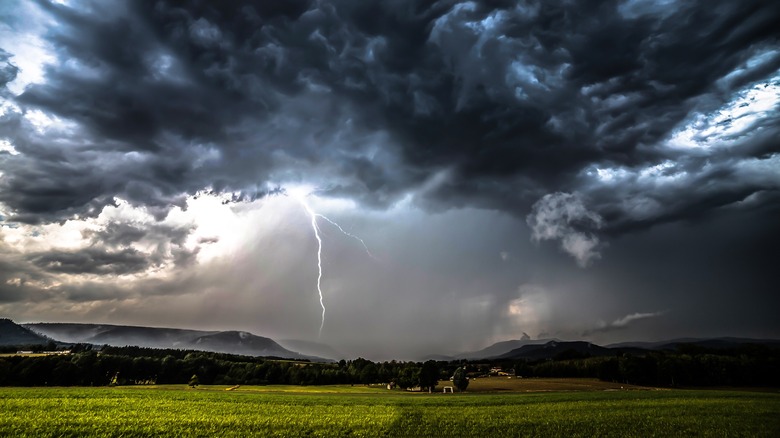
The Sad Story Of The Man Struck By Lightning 7 Times
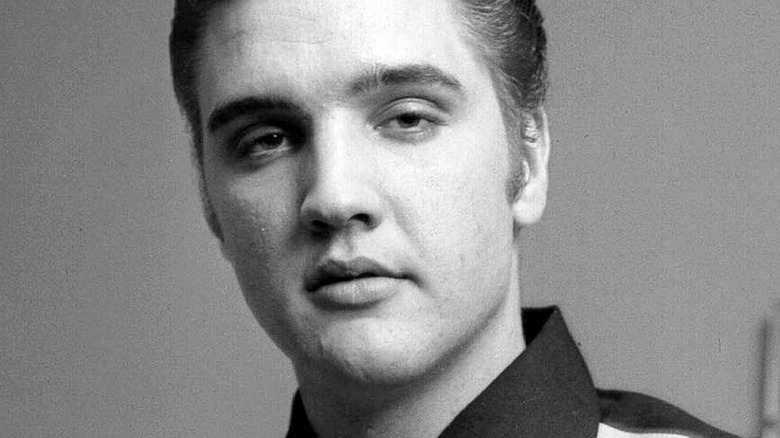
The Truth About Elvis Presley's Friendship With Johnny Cash
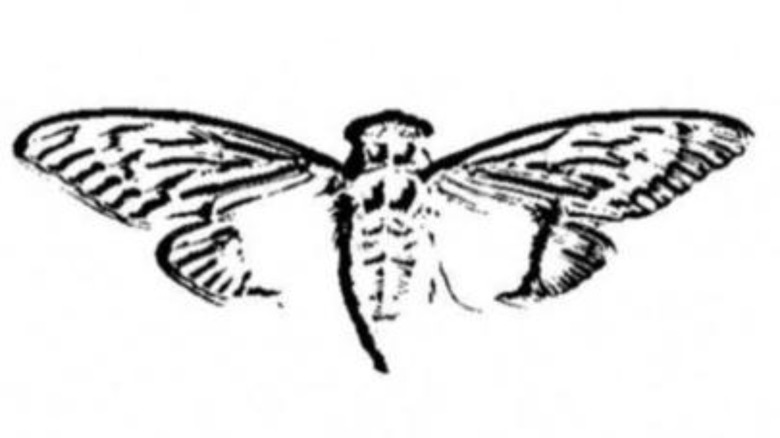
The Weird True Story Of Cicada 3301
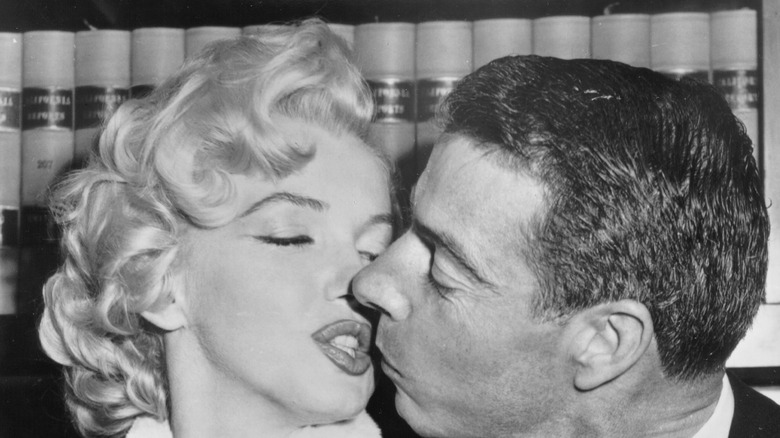
This Iconic Marilyn Monroe Scene Might've Led To Her Divorce

Athletes To Watch During The Tokyo Paralympics
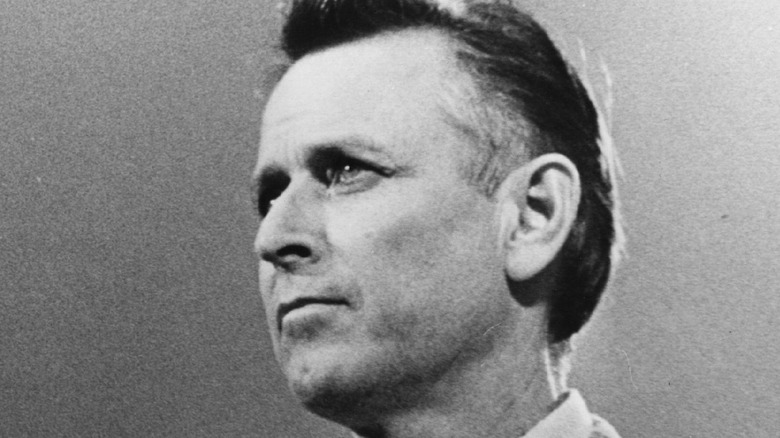
The Truth About The Intense Manhunt Of James Earl Ray
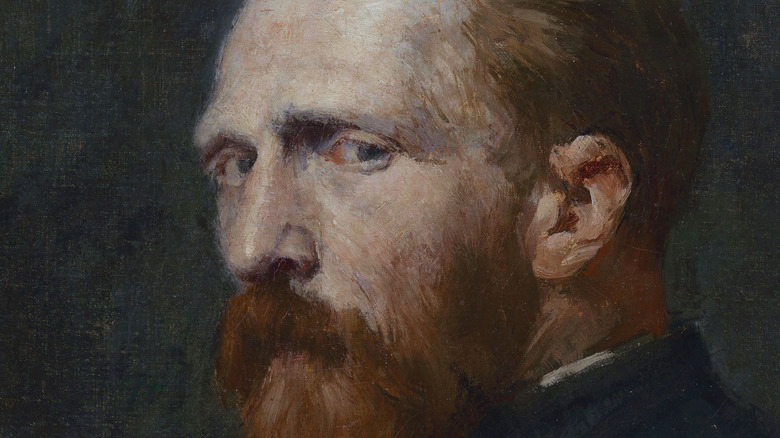
A Look At Vincent Van Gogh's Love Affair
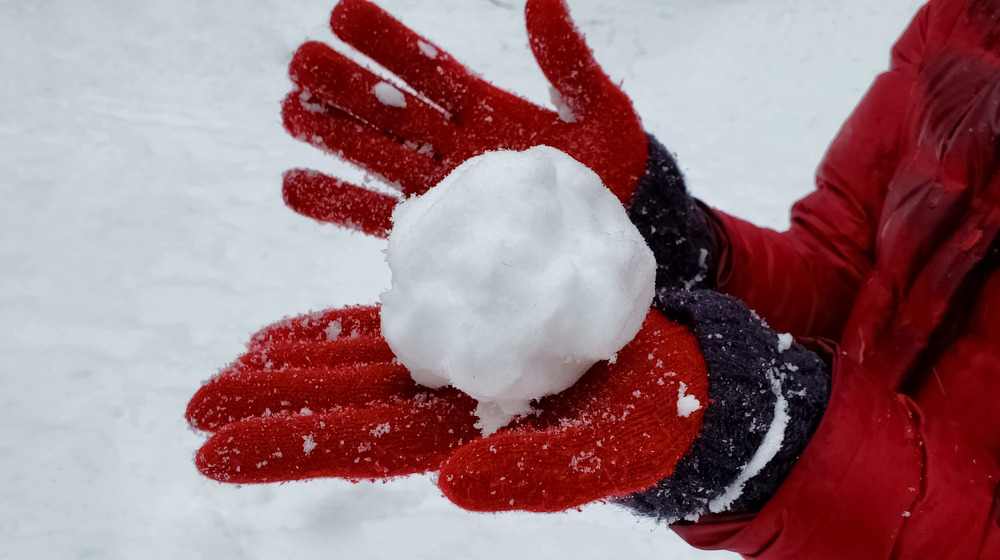
The Truth About The 'Fake Snow' TikTok Trend
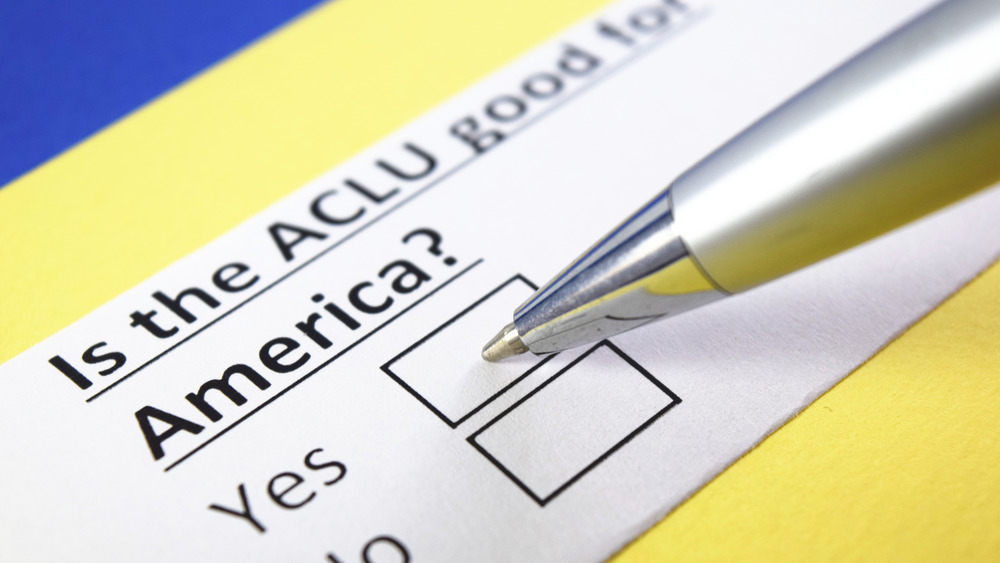
The Controversial History Of The ACLU
